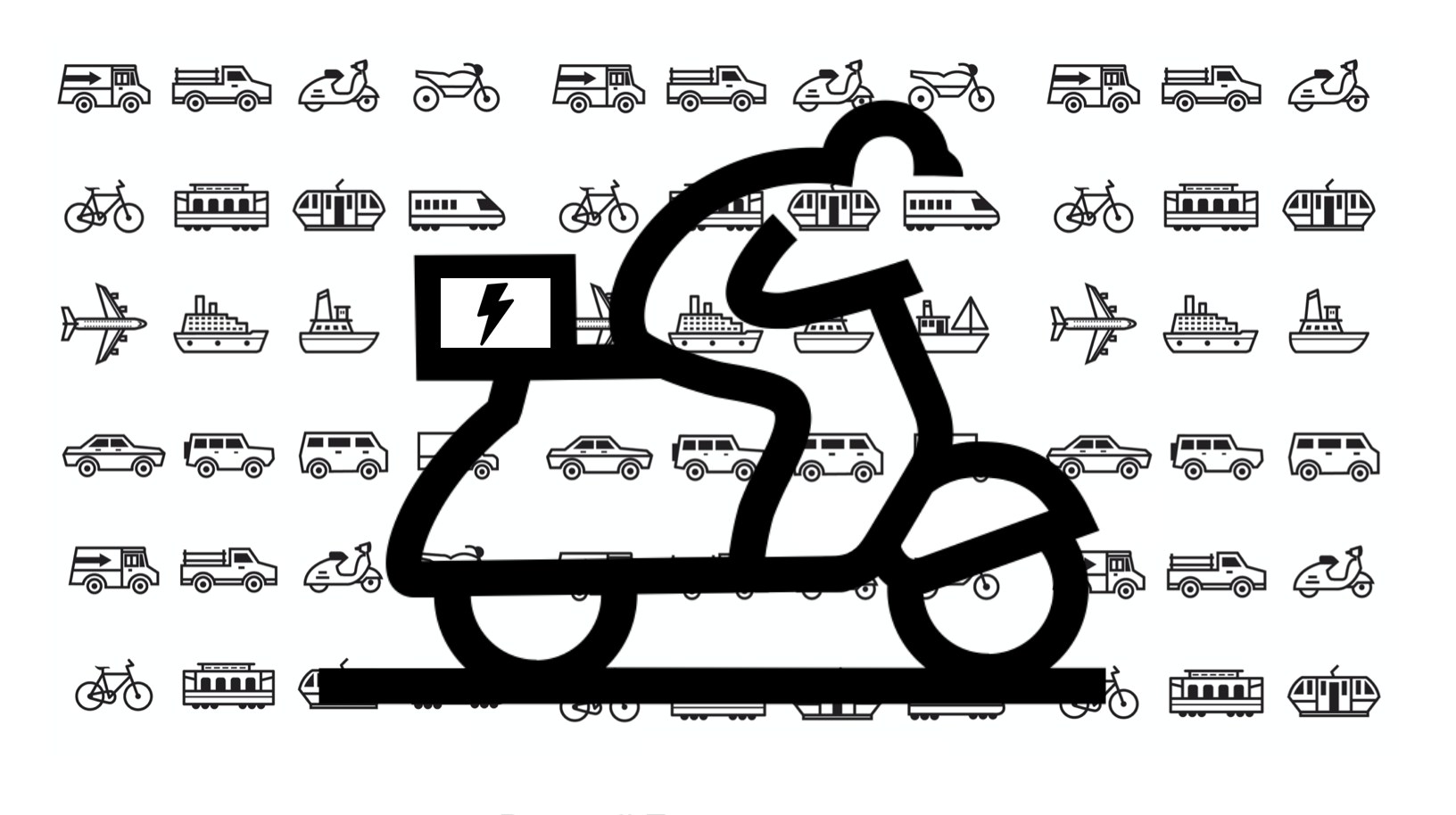
The moped was the vehicle of reconstruction for the Netherlands. In the 1950s, one in five Dutch people had a moped, and it wasn’t until well into the 1960s that the automobile took over the leading role in mobility. There are now seven times as many cars as mopeds, but that doesn’t mean the latter is rolling toward the exit.
Anything between scooters, mopeds, and engine-assisted bicycles is called ‘bromfiets‘ – ‘humming bike’ – in the Netherlands, and there are now about 1.3 million of them in the country. And this number is still growing fast. Worldwide, there are over a billion motorized two-wheelers, almost as many as there are cars. All those mopeds are pretty polluting, unsafe, and noisy. But as with the car, electrification is going to bring about change at a rapid pace.

An electric moped doesn’t hum very loudly and is also clean and economical. One kilowatt-hour of electricity will get you about thirty kilometers far and that will cost you less than one cent per kilometer in electricity. Also, the maintenance of the electric drive is much cheaper and it lasts longer leading to less depreciation. Further price reductions of batteries will also make the non-humming humming bike much cheaper to buy. There is now a whole parade of new models on the market to choose from in an exploding market: The Netherlands also needs a million electric mopeds to replace the existing fleet, the world needs a billion of them.
Governments, given the environmental and noise benefits, are happy to lend a hand. In China, you are no longer allowed to ride a gasoline-powered moped in many cities, and in the Netherlands, it will be illegal to sell a new gasoline-powered moped as of January 1, 2025. Chances are the same will apply to the sale of gasoline-powered scooters starting in 2030. It will make our traffic quieter and cleaner. But the great strength of the moped is that it has the potential, even more than the bicycle and much more than public transport, to replace car trips. Mopeds are the much better solution, especially in terms of space usage.
I myself purchased an e-scooter six months ago. The combination of freedom, speed, parking ease, and especially a large shopping compartment under the saddle makes it the ultimate means of transport for all those short shopping trips I used to make by car. But also for commuting to work, in my case 24 kilometers, the scooter proves to be the pleasant and faster alternative.
This success also has some downsides. The e-moped will certainly replace less sustainable public transport and car trips, but may also cause people to use the much more sustainable bicycle less than before. Above all, the congestion on the already overcrowded cycle paths will increase. See it as another argument to invest in widening bike lanes as quickly as possible. Yet, this will not detract from the bright future of the electric moped. Let’s start thinking about a new name that will do more justice to its humble character. Buzzing bike? Whisperbike? Humless bike?
Maarten Steinbuch and Carlo van de Weijer are alternately writing this weekly column, originally published (in Dutch) in FD. Did you like it? There’s more to enjoy: a book with a selection of these columns has just been published by 24U and distributed by Lecturis.

